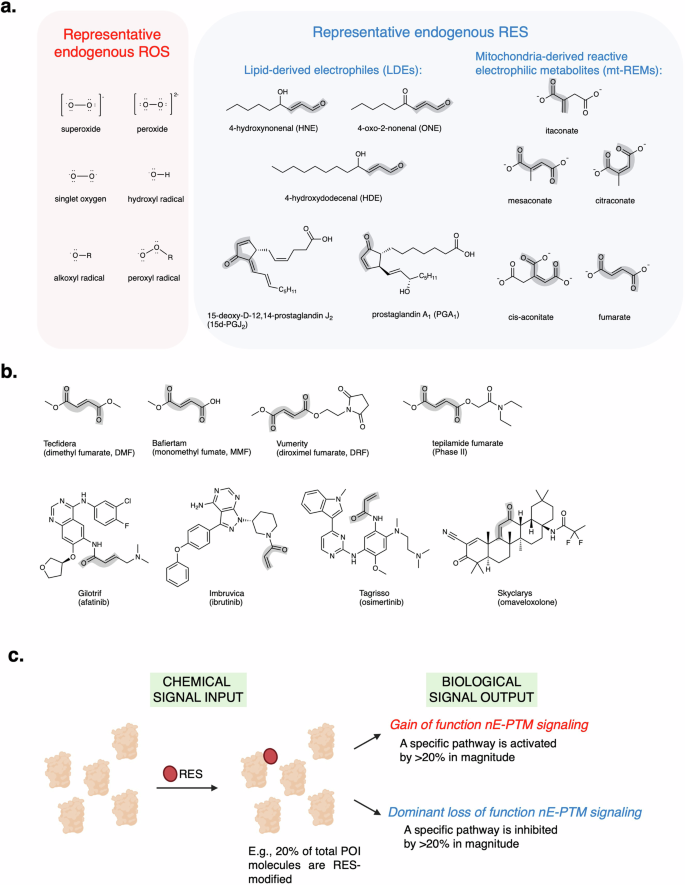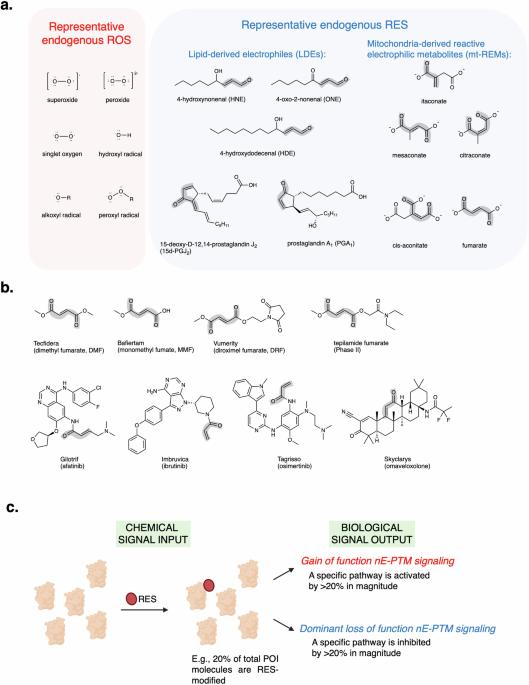利用精准免疫化学生物学工具解码反应性免疫代谢物的时空信号活动
IF 5.9
2区 化学
Q1 CHEMISTRY, MULTIDISCIPLINARY
引用次数: 0
摘要
由线粒体衍生的活性亲电子免疫代谢物(mt-REMs--如富马酸盐、伊他康酸盐)驱动的免疫细胞重编程是一种新兴现象,具有重要的生物医学意义。尽管 mt-REMs 是在局部产生的,但通过亲电子信号转导机制,它们在细胞内和细胞间产生的局部和全局影响却非常大。目前,人们正努力研究 mt-REMs 的潜在蛋白靶标,并绘制其多方面炎症行为的表型图。然而,对 mt-REMs 的第一反应者进行精确的时空智能索引和特定区域的功能分配仍然是个难题。本视角强调了最新进展和总体挑战,旨在激发思考和推动跨学科创新,以满足治疗性免疫信号前沿领域尚未得到满足的化学生物技术需求。由线粒体衍生的活性亲电免疫代谢物(mt-REMs)驱动的免疫细胞重编程是一种具有重要生物医学意义的新兴现象。在此,作者重点介绍了在利用时空智能和特定局部功能分配对 mt-REMs 的细胞反应进行精确索引方面取得的最新进展和面临的主要挑战。本文章由计算机程序翻译,如有差异,请以英文原文为准。


Toward decoding spatiotemporal signaling activities of reactive immunometabolites with precision immuno-chemical biology tools
Immune-cell reprogramming driven by mitochondria-derived reactive electrophilic immunometabolites (mt-REMs—e.g., fumarate, itaconate) is an emerging phenomenon of major biomedical importance. Despite their localized production, mt-REMs elicit significantly large local and global footprints within and across cells, through mechanisms involving electrophile signaling. Burgeoning efforts are being put into profiling mt-REMs’ potential protein-targets and phenotypic mapping of their multifaceted inflammatory behaviors. Yet, precision indexing of mt-REMs’ first-responders with spatiotemporal intelligence and locale-specific function assignments remain elusive. Highlighting the latest advances and overarching challenges, this perspective aims to stimulate thoughts and spur interdisciplinary innovations to address these unmet chemical-biotechnological needs at therapeutic immuno-signaling frontiers. Immune-cell reprogramming driven by mitochondria-derived reactive electrophilic immunometabolites (mt-REMs) is an emerging phenomenon of major biomedical importance. Here, the authors highlight the latest advances and overarching challenges in precision indexing of mt-REMs’ cellular responses with spatiotemporal intelligence and locale-specific function assignments.
求助全文
通过发布文献求助,成功后即可免费获取论文全文。
去求助
来源期刊

Communications Chemistry
Chemistry-General Chemistry
CiteScore
7.70
自引率
1.70%
发文量
146
审稿时长
13 weeks
期刊介绍:
Communications Chemistry is an open access journal from Nature Research publishing high-quality research, reviews and commentary in all areas of the chemical sciences. Research papers published by the journal represent significant advances bringing new chemical insight to a specialized area of research. We also aim to provide a community forum for issues of importance to all chemists, regardless of sub-discipline.
 求助内容:
求助内容: 应助结果提醒方式:
应助结果提醒方式:


